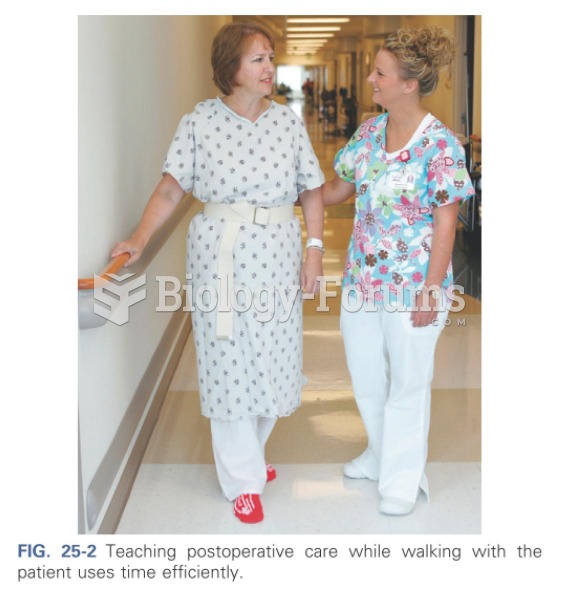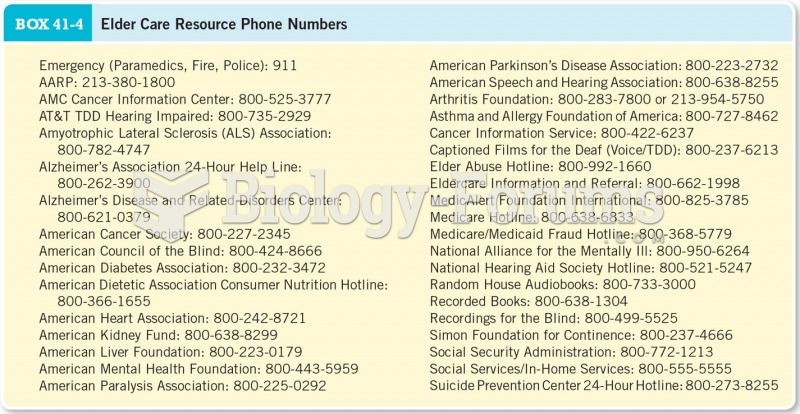Answer to Question 1
ANS: A
There are multiple formats in which to develop individualized care plans for patients, families, and communities. Each health care agency has its own form, including electronic formats, to facilitate the documentation of patient goals and individualized patient-centered plans of care. All formats contain areas in which the nurse identifies key assessment data, nursing diagnostic statements, goals, interventions for care, and evaluation of outcomes. In many agencies and specialty units, standardized care plans that must be individualized for each patient are available to guide nurses in the planning process.
Answer to Question 2
ANS: A
Some interventions originate from health care provider orders. These are dependent nursing interventions. The nurse incorporates these orders into the patient's overall care plan by associating each with the appropriate nursing diagnosis. The ability of nurses to enact independent interventions has expanded in recent years, allowing nurses to initiate care that they recognize as essential in meeting patient needs or preventing complications. Ordering heel protectors for patients susceptible to skin breakdown and initiating preventive measures (e.g., activity regimens, consultations with social workers, preadmission teaching) are often independent, nurse-initiated interventions. Collaborative interventions require cooperation among several health care professionals and unlicensed assistive personnel (UAP). Collaborative interventions include activities such as physical therapy, home health care, personal care, spiritual counseling, medication reconciliation, and palliative or hospice care. One method of determining interventions to meet patient outcome goals is to use the Nursing Interventions Classification (NIC), a comprehensive, research-based, standardized collection of interventions and associated activities. NIC provides nurses with multidisciplinary interventions linked to each NANDA-I nursing diagnosis and a corresponding NOC.







